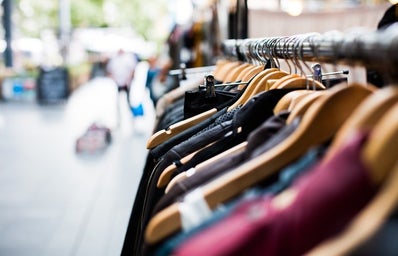Over the years, thrifting has become popular for several reasons. From the trend of wearing “vintage” pieces to a desire to shop more sustainably amidst the rise of climate change, thrift stores have seen a boom in customers—both in numbers and in a widening demographic.
However, thrift stores had originally been established as a way for low-income families to make affordable purchases, and the popularization of thrifting and vintage shopping, outside of necessity, has taken this affordability away.
Now, aware of this trend, thrift stores have changed their target audience and increased their prices.
In the past few years, commercial thrift stores such as Value Village and Goodwill have expanded their demographic from just low-income individuals and families to people who have more cash to easily spend and splurge, resulting in raised prices. Brand names that land in their stores no longer receive the same pricing as no-name brands but are hiked up to profit off of the name and in consequence, take advantage of this trend.
Additionally, some people who purchase second-hand clothing do so with the intent to resell and upsell those items to others who can afford to buy second-hand for the aesthetic rather than out of necessity. Part of this trend is manifesting online where apps such as Depop and Poshmark meant to sell previously owned clothing and accessories are being used to upsell items that have been purchased from thrift stores, rebranded as “vintage.”
In some cases, the original, already increased price from the thrift store, is doubled or tripled online.
Another conflict that arises from the gentrification of thrift shopping is “thrift-flipping.” Thrift flipping occurs when plus-sized clothing is purchased from thrift stores and altered in a way to fit thin people, thus making the piece more “desirable.” This perpetuates the notion that plus-sized people and their clothing are unattractive and takes away already much-needed clothing from lower-income shoppers. Plus-sized clothing can be hard to find for any shopper but is especially difficult for people who are limited to purchasing second-hand. By doing this, online sellers are shrinking these resources for them.
While there are many benefits of buying second-hand and reselling your own clothing, shoppers should be self-aware in how they participate in thrifting. Does your participation take away the best options for those who need them for your own profit? Are you avoiding second-hand stores in low-income areas when shopping for fun?
Of course, the responsibility is not completely on the shoulders of consumers, commercial second-hand stores play a vital role in taking the affordability out of their prices. However, being mindful of how you shop is a small yet important way to start.



